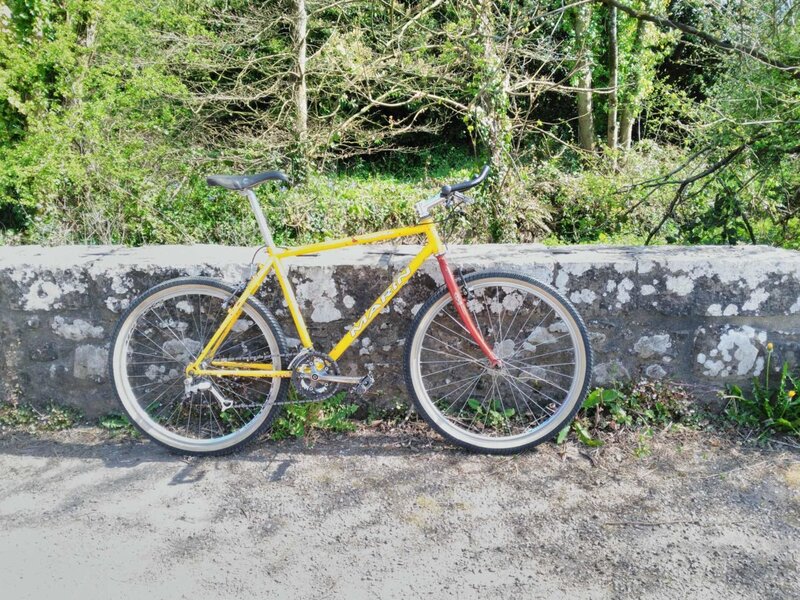- Feedback
- View
Another reason I like taking out the Retro is the conversations it starts, like oh I had one of those, I ride one like that etc etc.
Out on the Rockhopper last week in the New Forest and chatted to a guy that had the exact bike, could have chatted for yonks
It's never oh that's a lovely Giant Trance your riding, not new bike hating but they are just 'samey' to me. The guys at work bang on about £300 dropper posts, 2 foot of suspension travel, blah blah blah.
If I chose the trail route I would smash them, if they could choose the route they would smash me, but I would have more fun on both
Out on the Rockhopper last week in the New Forest and chatted to a guy that had the exact bike, could have chatted for yonks
It's never oh that's a lovely Giant Trance your riding, not new bike hating but they are just 'samey' to me. The guys at work bang on about £300 dropper posts, 2 foot of suspension travel, blah blah blah.
If I chose the trail route I would smash them, if they could choose the route they would smash me, but I would have more fun on both
